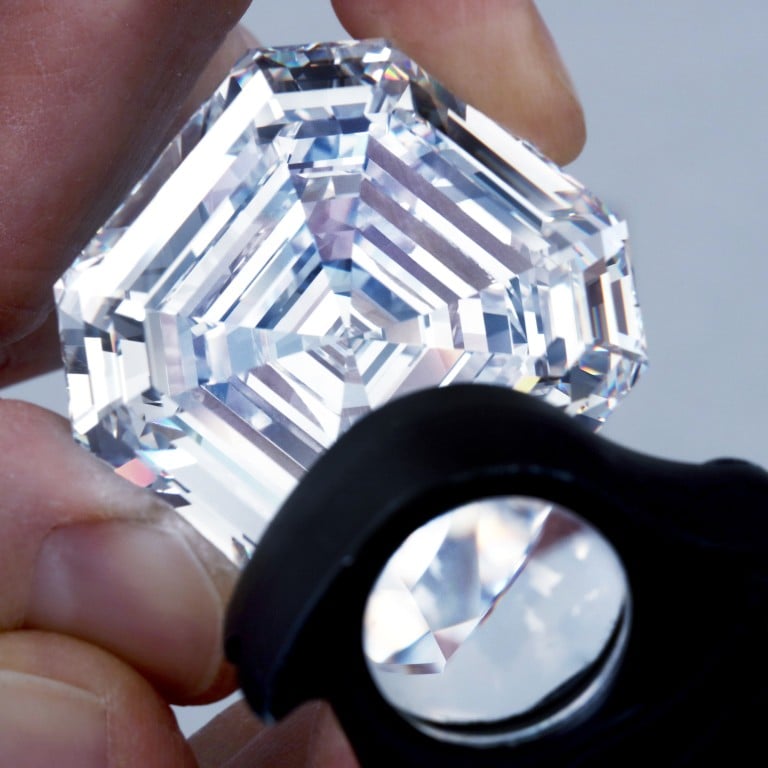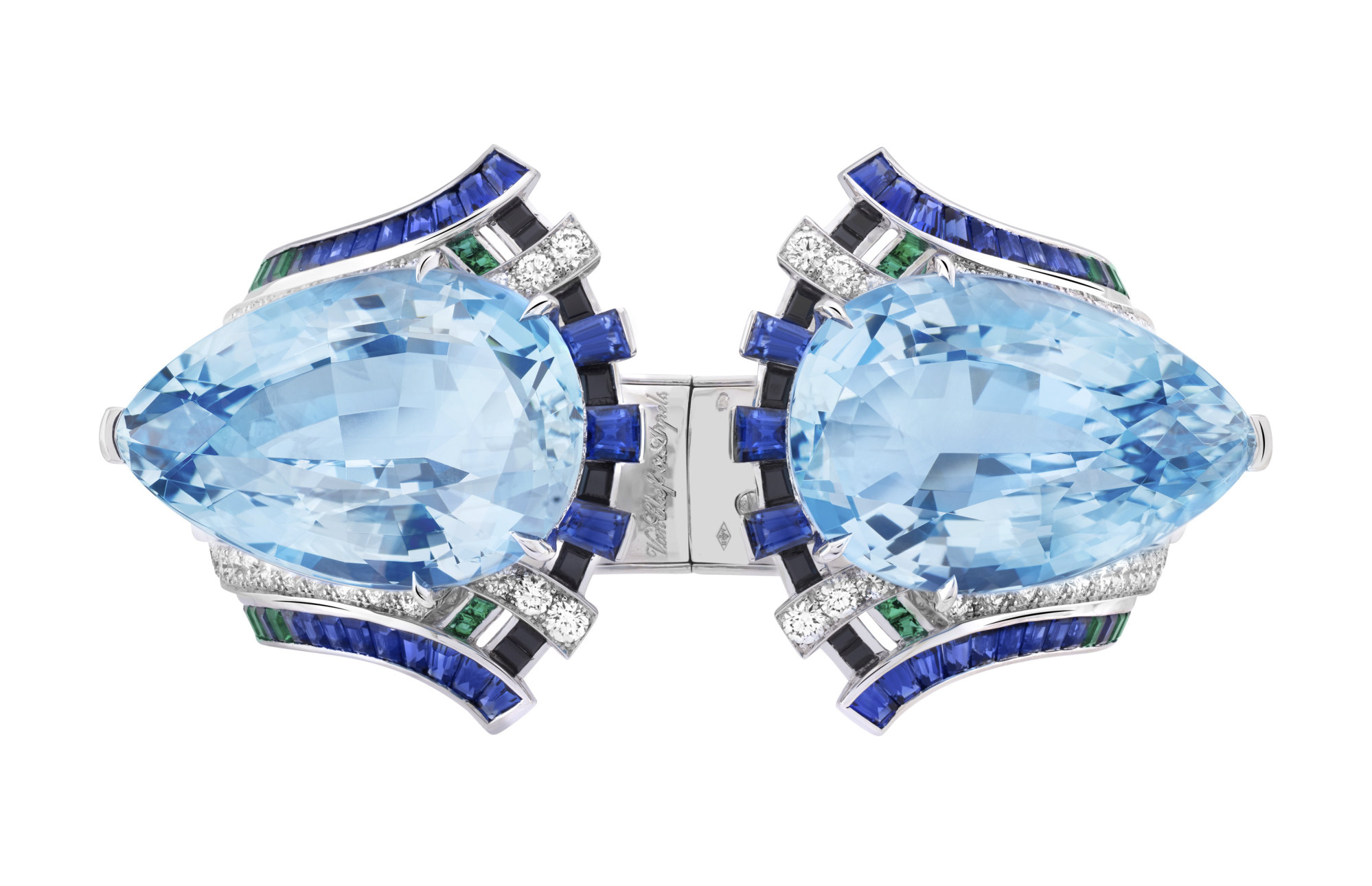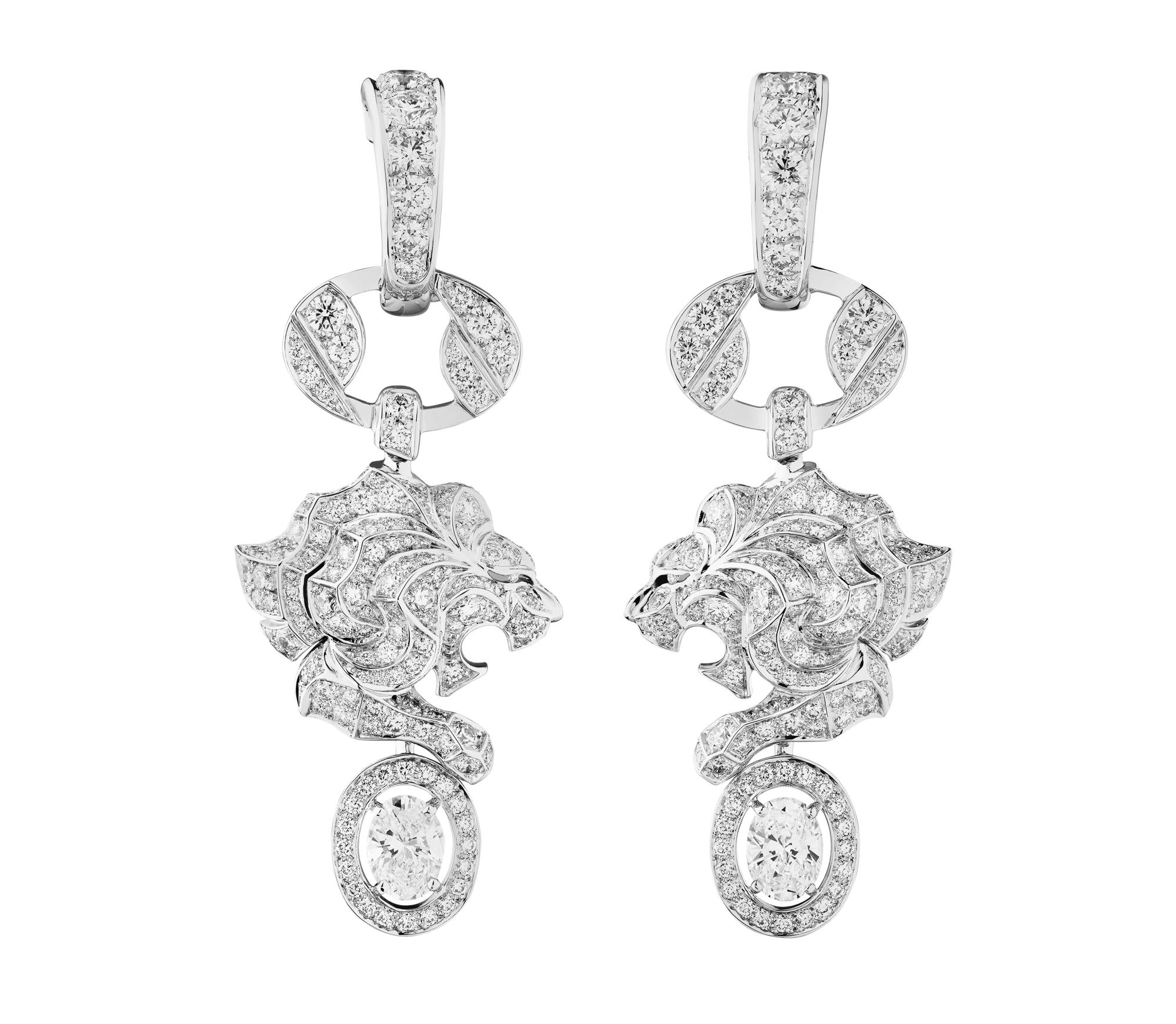Explainer / What are the most important diamond cuts to know in high jewellery? The Royal Asscher cut is used in the British Crown Jewels while oval cut features in Chanel’s L’Esprit Du Lion earrings

Diamonds may be a girl’s best friend, but what really adds to their allure? Jewellers talk of the “four Cs” used to describe a stone, but the colour, carat and clarity are out of our hands, determined by the natural world. That leaves the cut, to really make it sparkle, and that’s all about precision, geometry and artistry, requiring huge expertise and an innate understanding of the diamond.

Brilliant
The Met Gala 2022’s best and worst dressed stars, from Kim K to SJP
Princess
The princess cut created in 1981 by Betzalel Ambar and Israel Itskowitz holds great appeal, especially when set in engagement rings. It is a squarer version of the round brilliant, with modified facet arrangements that create a dizzying sparkle. They can also be rectangular, tapered with sharp corners and even shaped like an upside-down pyramid.
Cushion
One of the old-world favourites, the cushion cut was arguably the third most popular cut back in the day. This cut takes inspiration from the early brilliant cut (or “old mine cut”) that dates back to the 1700s and remained in vogue till nearly the end of 19th century. With a distinct “pillow” shape, the modern-day cushion brilliant cuts are square or rectangular with curved sides and either rounded or pointed corners.

Radiant
A radiant cut is square or rectangular and typically has an eight-sided outline with cropped corners and brilliant-cut facets. The style was patented by Henry Grossbard in the late 1970s – and is hence a relative newbie in the world of fancy shapes. The angular shape and facets make a radiant cut super sparkly.
Vintage and Royal Asscher
The 5 best nature-inspired jewellery pieces for spring
Emerald
The traditional outlines and understated elegance of an emerald-cut diamond makes it a great choice for unconventional designs. The cut’s four longer sides have bevelled corners and concentric rows of facets. Set at angles, instead of the regular vertical or horizontal styles, emerald-cut diamonds and coloured gems are often used to create a cluster design in high jewellery.

Marquise
The marquise cut, with elongated curved sides and pointed ends, owes its existence to the whims of King Louis XV, who reportedly wanted a diamond shaped like the lips of his lover. A marquise cut also makes a stone look larger than a round stone of the same weight.
Oval
Pear and heart
Pear-cut diamonds have a tapered outline, bringing together the best of the round and marquise cuts, while heart cuts work well with larger carat diamonds and gems. Unsurprisingly, the heart cut is widely used in rings.

- Not to be confused with the shape, the cut refers to symmetry, proportioning and polish – and is the only man-made ‘C’ from the ‘four Cs’ (colour, carat and clarity)
- Diamonds have an intrinsic beauty and value but both are elevated once the stone is cut to show off its best side – especially in engagement rings